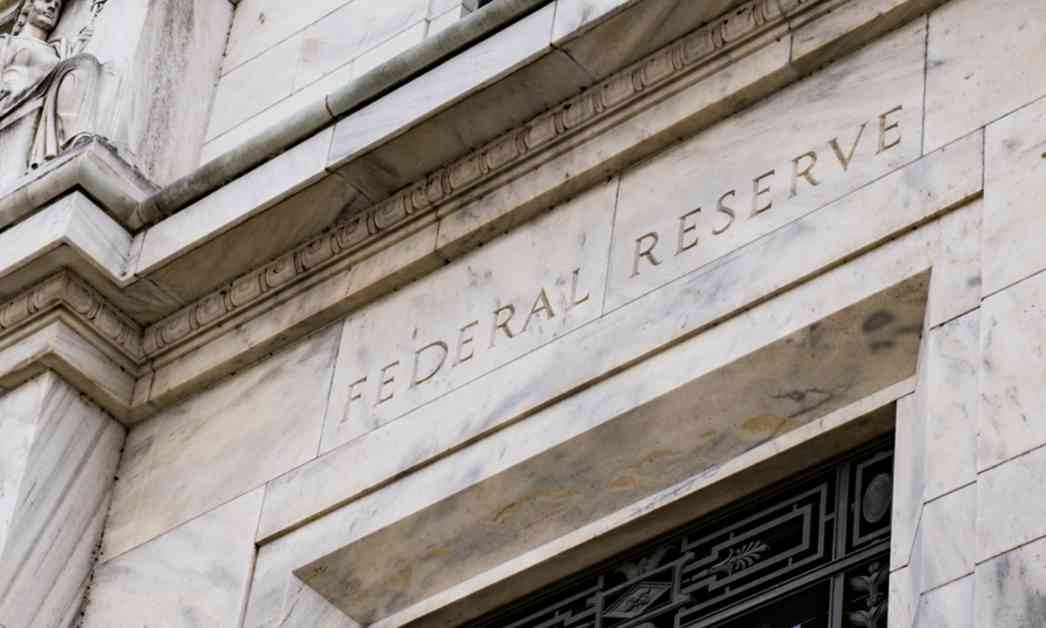The Federal Reserve recently released its semiannual Supervision and Regulation Report, highlighting concerns about rising delinquencies in credit card loans, auto loans, and commercial real estate loans, especially at smaller financial institutions. Despite the overall resilience of the banking system, the report pointed out that the delinquency rates for consumer loans have remained high, with credit card delinquencies showing a notable increase compared to the previous year.
In particular, the delinquency rate for auto loans was just below its five-year high as of the second quarter of 2024. Additionally, loans secured by offices, especially in major cities, were flagged as a top concern by the Fed, with a delinquency rate of 11% at large banks. The report emphasized the importance of credit risk management practices, especially regarding credit card and commercial real estate lending, at large financial institutions.
The Fed’s supervisory focus also includes assessing how firms manage risks in their loan portfolios and the adequacy of credit loss reserves. The report highlighted that aggregate delinquency rates edged up in the third quarter, with 3.5% of outstanding debt in some stage of delinquency. Operational risks related to IT, cybersecurity, FinTech, banking-as-a-service activities, and third-party risk management were identified as priorities for supervising larger financial institutions.
For smaller banks, reliance on third-party service providers and technology solutions can pose operational risks, despite efforts to strengthen operations and IT systems. The report noted that vulnerabilities still exist in the banking sector. The increasing card delinquencies are particularly concerning in the current economic climate, as PYMNTS Intelligence recently reported that outstanding credit balances are either stable or increasing for many households.
Among cardholders living paycheck to paycheck, 34% reported an increase in outstanding balances, with 41% often reaching their card spending limits. Financially struggling cardholders are more likely to hit their spending limits than financially stable consumers. The data suggests that a significant portion of consumers are facing challenges in managing their credit card debt, which could have broader implications for the economy and financial stability.
